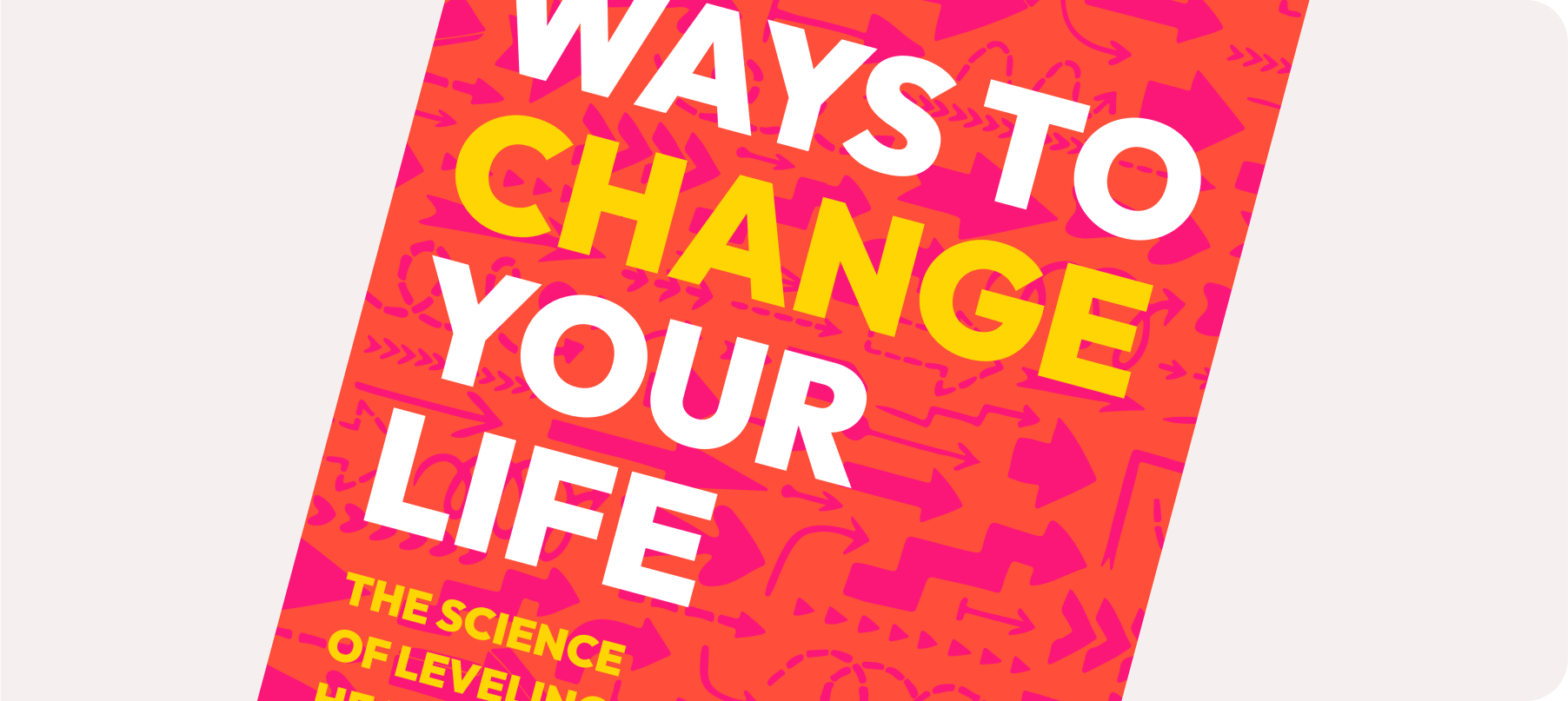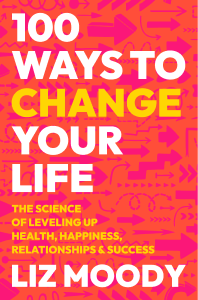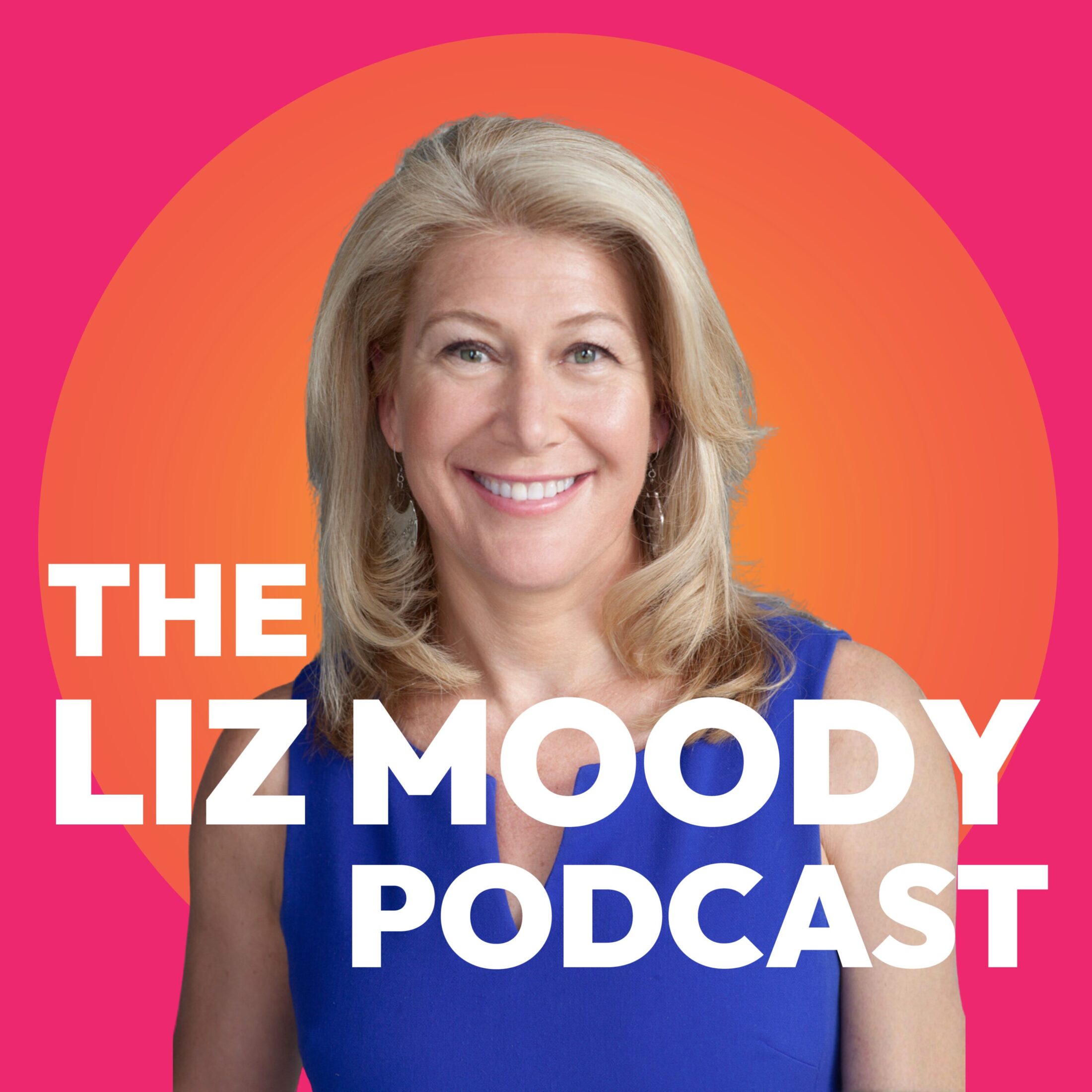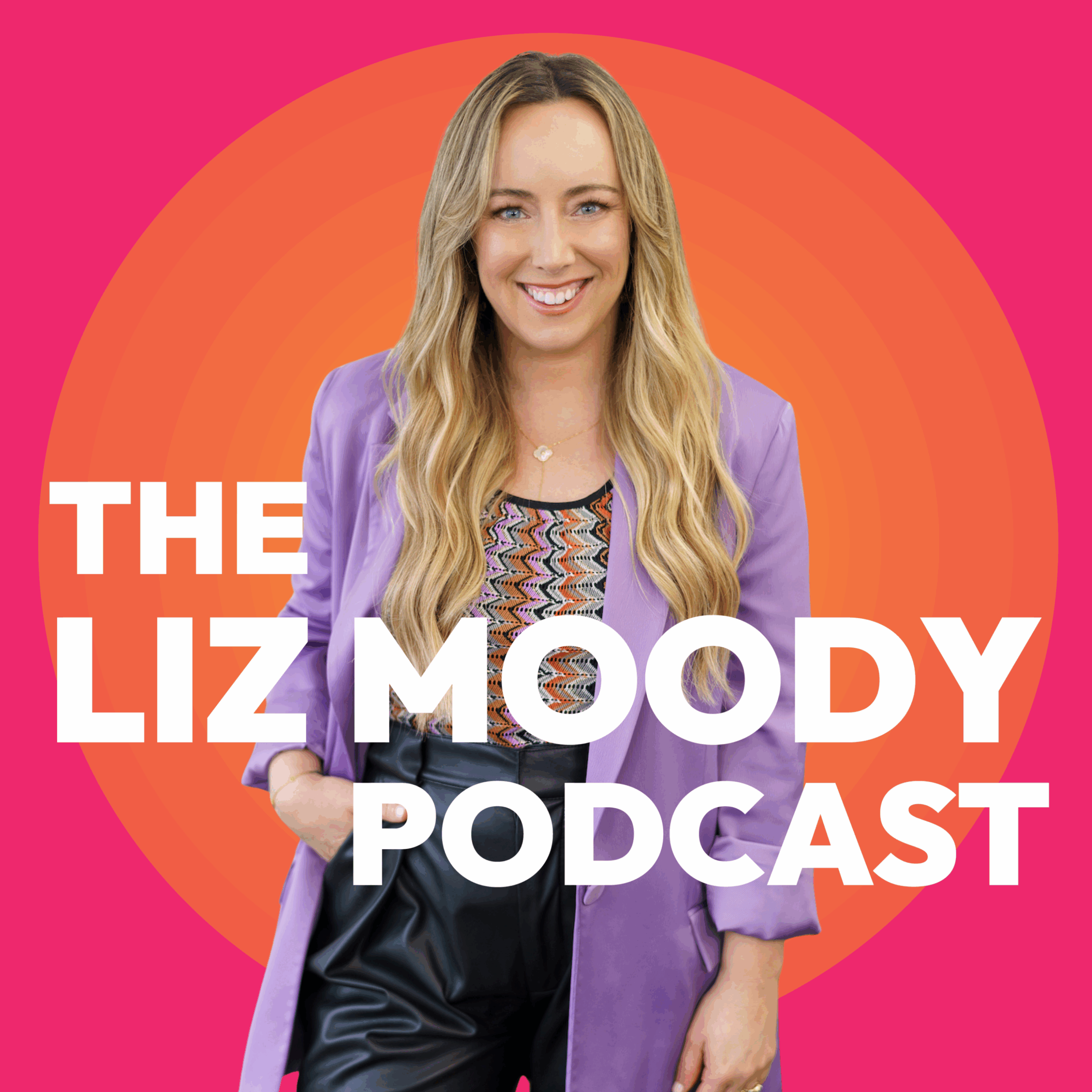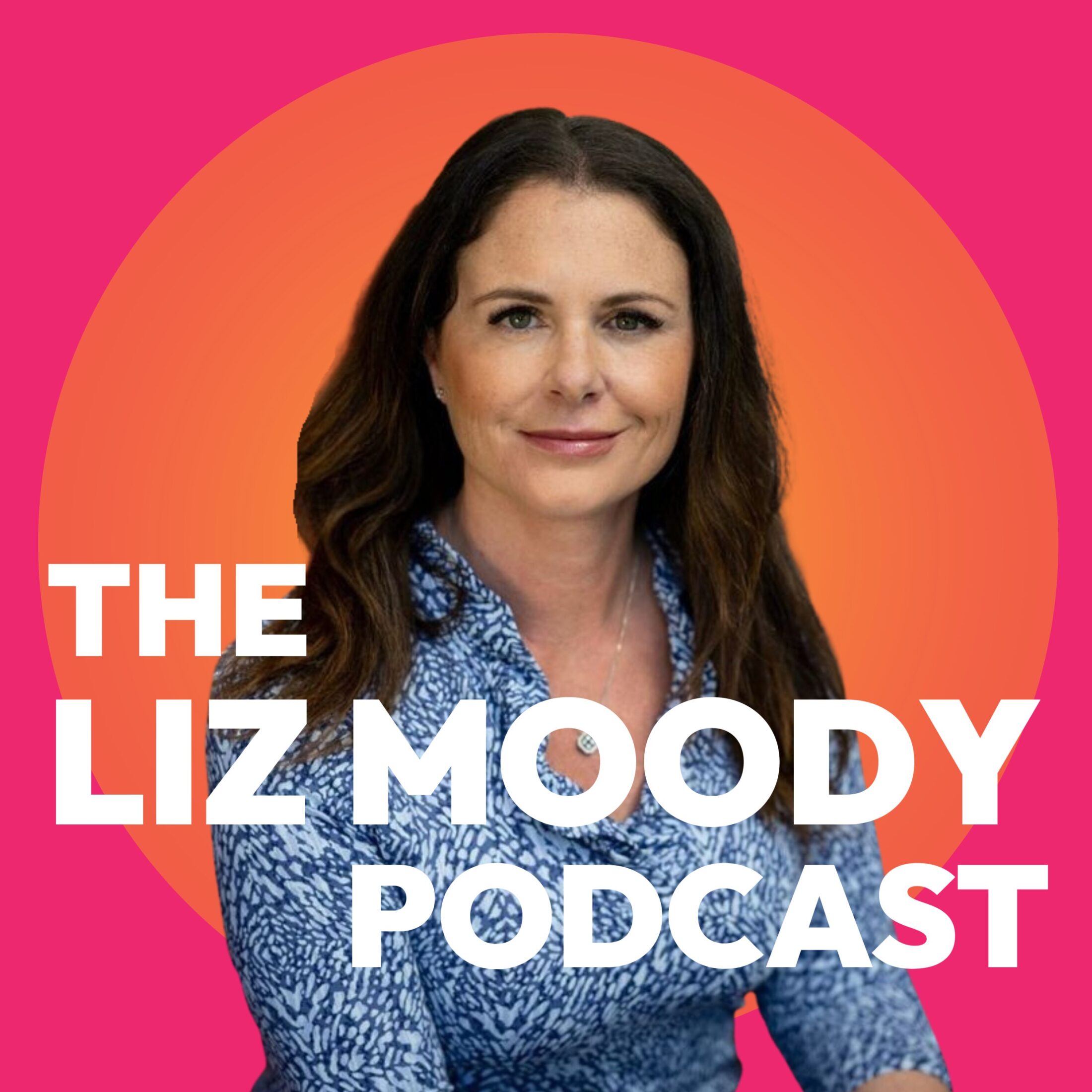Neuroscientist and brain consultant Nicole Vignola aka NicolesNeuroscience discusses how to hack dopamine, serotonin, oxytocin, and other neuroscience tools for improving brain health and happiness.
In this eye-opening episode of the Liz Moody podcast, neuroscientist Nicole Vignola joins host Liz Moody to explore the incredible malleability of the brain and offer transformative brain hacks. They discuss the roles of neurochemicals like BDNF, serotonin, dopamine, and oxytocin in enhancing motivation, happiness, and relationships, while providing actionable tips on reducing phone addiction, improving sleep quality, and fostering positive habits. Key conversations include the benefits of aerobic exercise, laughter, and sunlight on mood, as well as strategies for overcoming negative thinking and depressive tendencies. Nicole also underscores the importance of embracing boredom, showing gratitude, and managing dopamine levels for a balanced and fulfilling life.
- 00:52 Brain Hacks for Everyday Problems
- 03:37 The Power of Reframing Negative Thoughts
- 04:47 The Physiological Sigh: A Calming Technique
- 06:54 Brainwave Synchronization and Empathy
- 11:43 Understanding Dopamine and Motivation
- 14:38 Managing Phone Use and Dopamine Levels
- 22:25 Neuroplasticity Explained
- 27:37 Visualization and Rewiring the Brain
- 37:27 Understanding Confirmation Bias
- 37:51 Hypnosis and Perception
- 39:52 Practical Interventions for Social Anxiety
- 41:01 Best Case Scenario Journaling
- 41:55 Behavioral Interventions: Fact or Fiction
- 42:13 Breaking Phone Addiction
- 43:34 Procrastination Hacks
- 44:33 Improving Sleep Quality
- 49:21 Effective Nighttime Routines
- 54:50 The Importance of Strategic Breaks
- 56:38 Meditation and Mindfulness Techniques
- 59:29 Dealing with Boredom and Impulse Control
- 01:02:17 Positive Reinforcement and Habit Change
- 01:04:59 Neurochemicals and Emotional Regulation
- 01:09:10 Happiness Hacks and Social Influence
For more from Nicole, you can find her on Instagram @nicolesneuroscience or online at www.nicolesneuroscience.com. You can find her book, Rewire: Break the Cycle, Alter Your Thoughts and Create Lasting Change, where books are sold.
To join The Liz Moody Podcast Club Facebook group, go to https://www.facebook.com/groups/thelizmoodypodcast.
Ready to uplevel every part of your life? Order my new book 100 Ways to Change Your Life: The Science of Leveling Up Health, Happiness, Relationships & Success now!
This episode is sponsored by:
AG1: visit drinkag1.com/lizmoody and get your FREE year supply of Vitamin D and 5 free travel packs today.
Lumen: head to lumen.me/LIZMOODY for 15% off your purchase.
Listen to You Want Connection? Your Partner Wants Sex? Who Comes First? on Pillow Talks.
The Liz Moody Podcast cover art by Zack. The Liz Moody Podcast music by Alex Ruimy.
Formerly the Healthier Together Podcast.
This podcast and website represents the opinions of Liz Moody and her guests to the show. The content here should not be taken as medical advice. The content here is for information purposes only, and because each person is so unique, please consult your healthcare professional for any medical questions.
The Liz Moody Podcast Episode 253.
